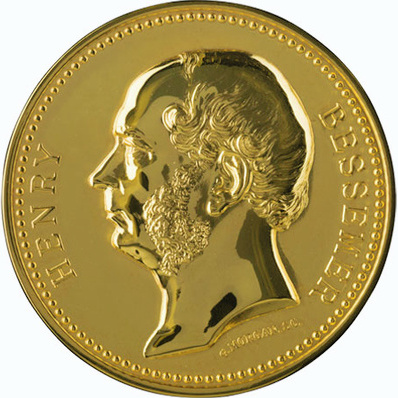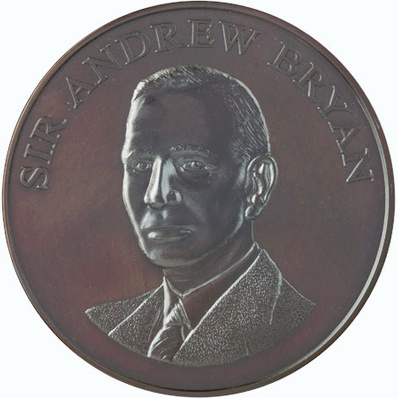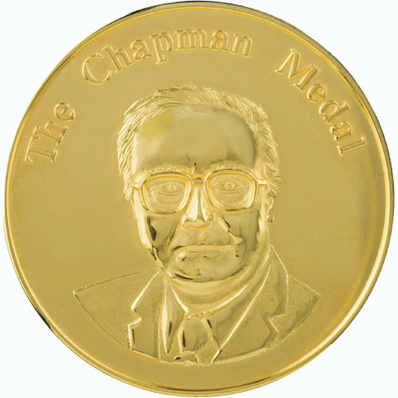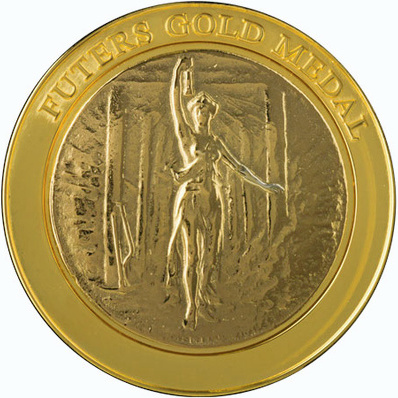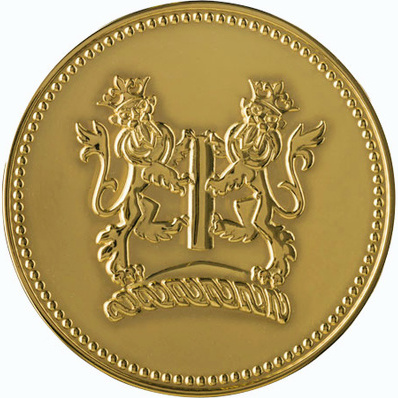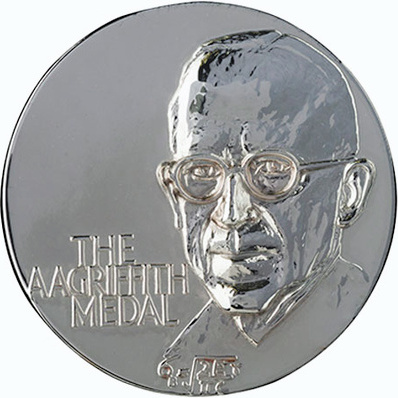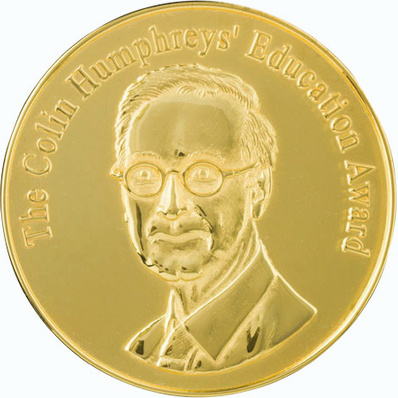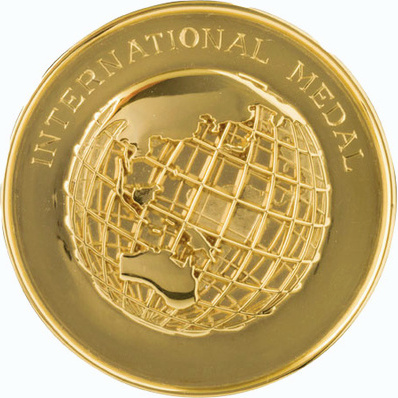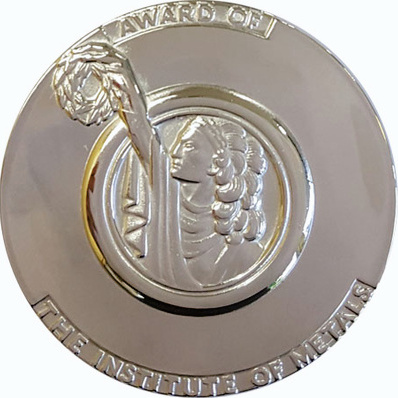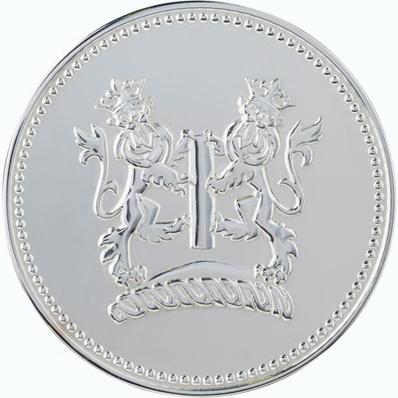IOM3 congratulates the winners of the 2013 IOM3 Awards, Medals and Prizes, as listed below.
Premier Awards
Personal Achievement Awards
Local Society of the Year Award (Large)
MinSouth
Local Society of the Year Award (Small)
East Midlands Materials Society - EMMS
Tom Colclough Medal & Prize
EurIng Norman Cooper CEng FIMMM
Colwyn Medal
Prof Mark Warner
Dowding Medal & Prize
Michael Clark CEng MInstMC
Frank Fitzgerald Medal & Travel Grant
Liam James Booth
Grunfeld Memorial Award & Medal
Prof Michael Preuss
Hadfield Medal & Prize
David Howarth
Leslie Holliday Prize
Ebrahim Ghavam-Shahidi
Hume Rothery Prize
Dr Andrew Watson MIMMM
Ivor Jenkins Medal
Dr Mark Hardy CEng FIMMM
Kroll Medal & Prize
Dr Karin Hing CEng MIMMM
T B Marsden Professional Medal
Frank Wild CEng FIMMM
Outstanding Contribution Awards
Dr David Gooch CEng FIMMM
Stuart Patrick MRSC FIMMM
Keith Barnes CSci CEnv FIMMM
Rosenhain Medal & Prize
Prof Ian Kinloch FRSC
Rowbotham Medal
Emeka Ikwueze CEng
Thomas Medal & Prize
John Charles Twiselton CEng
Thornton Medal
Major Peter Norton
Verulam Medal & Prize
Prof Paolo Colombo, Ing (Italian certified engineer) FACERS FIMMM
Harvey Flower Titanium Award 2012 (Retrospective)
Professor Martin Bache CEng FIMMM CPhys
Publication Awards
Alan Glanvill Award
Characterisation and analysis of microchannels and submicrometre surface roughness of injection moulded microfluidic systems using optical metrology
G Tosello, F N Marinello & H Hansen
Guy Bengough Award
Pitting corrosion of stainless steel: measuring and modelling pit propagation in support of damage prediction for radioactive waste containers
S M Ghahari, D P Krouse, N J Laycock, T Rayment, C Padovani, T Suter, R Mokso, F Marone, M Stampanoni, M Monir & A J Davenport
Billiton Gold Medal
Kinetics of pre-reduction of manganese ore by CO Mineral
Y B Gao, H G Kim & H Y Son
Composite Award
Compressive behaviour of nanoclay modified aerospace grade epoxy polymer
A. Jumahat, C. Soutis, F. R. Jones & A. Hodzic
Cook/Ablett Award
Constant intermittent flow of dislocations: central problems in plasticity
L. M. Brown
Douglas Hay Medal
Progress and challenges in some areas of deep mining
E.T. Brown
Mann Redmayne Medal
Shale-hosted Ni-(Cu-PGE) mineralisation: a global overview
S. M. Jowitt & R. R. Keays
Materials World Medal (Joint)
How Safe is that Nuclear Reactor
Prof George Smith
Cracking under pressure
Dr Emile S Greenhalgh
Pfeil Award
Densification and preservation of ceramic nanocrystalline character by spark plasma sintering
R. Chaim, R. Marder, C. Estourne´s & Z. Shen
James S Walker Award
Maria Nelson
Wardell Armstrong Prize
Background concentrations of gold in different rock types
K Pitcairn
Williams Award
Review: The Butterfly Effect in Continuous Casting
P D Lee, R E Ramirez-Lopez & K C Mills et al.
Vanadium Award 2012 (Retrospective)
Developing Bearing Steels Combining Hydrogen Resistance and Improved Hardness
Dr Blanka Angelika Szost, Dr P E J Rivera-Diaz-Del-Castillo & Erik H Vegter
Awards from other bodies
Beilby Medal & Prize
Professor Xiangfeng Duan
Charles Hatchett Award
Strengthening Mechanisms and Their Relative Contributions to the Yield Strength of Microalloyed Steels
Prof Douglas Ivey, Junfang Lu, Olapido Omotoso, J Barry Wiskel & Hani Henein




